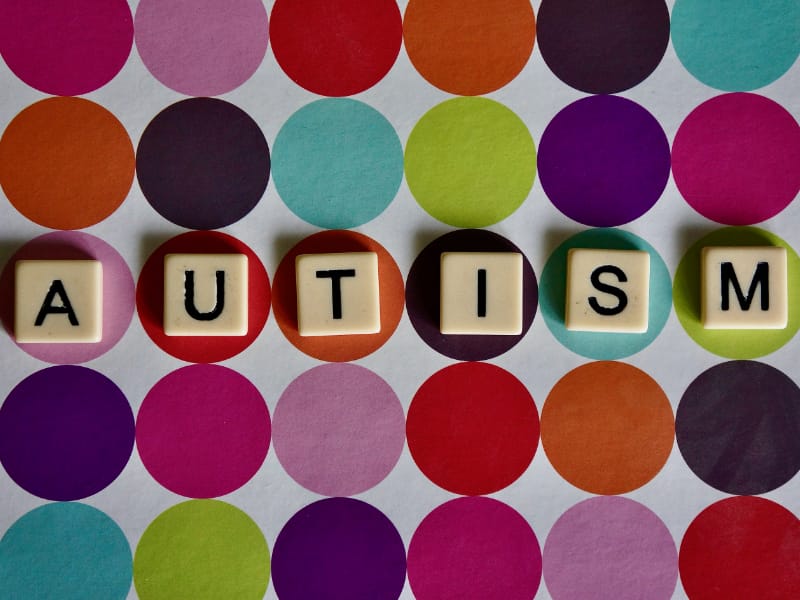
Teaching a child with autism can be challenging, but with the right approach and strategies, it can also be incredibly rewarding. Autism is a neurodevelopmental disorder that affects communication, social interaction, and behaviour. Children with autism may have difficulty with language, social cues, and connection with others. They may also have repetitive behaviours or intense interests in specific topics.
When teaching a child with autism, it’s important to remember that every child is unique and may have different needs and strengths. However, there are some general strategies that can be helpful when teaching a child with autism.
For instance, children with autism often benefit from visual aids, such as pictures, symbols, and charts. Visual aids can help children understand and anticipate what’s going to happen next, which can reduce anxiety and increase their ability to focus. For example, a visual schedule can be used to show the child the sequence of events for the day, such as breakfast, school, and playtime.
Routines can also be helpful for children with autism. Having a set routine for daily activities, such as getting dressed, brushing teeth, and going to bed, can provide a sense of predictability and stability for the child. It’s easier for children when they know which activities are going to happen next, so they can mentally prepare for everything before it happens. Without set routines, children with autism can struggle to switch activities and adapt to unexpected, changing environments.
Children with autism may have difficulty understanding language and may need more time to process information. It’s important to use clear and consistent language when teaching a child with autism.
Use simple and concrete language and avoid using idioms or sarcasm. Repeat important information and give the child time to respond. Focus on language that’s concise. When you’re introducing new concepts or vocabulary, limit the amount you’re introducing at once and give the concepts time to settle in before introducing anything else.
Social stories are another great way to taech children with autism. These are short stories that provide information about a specific social situation. They can be used to teach children with autism how to understand and navigate social interactions. Social stories can be used to teach a child how to understand and respond to different emotions, how to make friends, and how to deal with difficult situations.
Since social cues may not come naturally to children with autism, it’s helpful for them to learn how to interact socially before they’re put into them personally. This way, they can learn different social cues and how to respond appropriately in different situations, preparing them to interact with the world more effectively.
In addition to these teaching strategies, you can employ methods like Applied Beahvioural Analysis (ABA) when teaching. ABA is a type of therapy that uses positive reinforcement to increase desired behaviours and decrease undesired behaviours. ABA can be used to teach children with autism a wide range of skills, such as communication, social interaction, and self-care. It’s a helpful method because it looks at the driving motivations behind a behaviour before addressing how to change that behaviour into something more positive or productive.
ABA therapists work with the child and their family to identify specific goals and create a plan to achieve those goals. An example of ABA is behaviour reinforcement systems, which are structured environment that help children to learn about the consequences of a behaviour and the reward of doing the correct behaviour.
Children with autism often struggle with independence and may need more support and guidance to learn new skills. It’s important to encourage independence and provide opportunities for the child to practice and master new skills on their own time.
For example, if the child is learning how to dress themselves, you can start by helping them put on one piece of clothing and gradually reduce your assistance until they can dress themselves independently. The goal is to gently assist them in taking care of simple things on their own, giving them a greater sense of confidence and helping them in their own personal development.
Teaching a child with autism can be challenging and may require a lot of patience and positive reinforcement. Remember that children with autism may need more time to learn new skills, and they may not learn them in the same way as neurotypical children.
Be patient, positive, and provide plenty of praise and encouragement. Children with autism tend to respond better to positive reinforcement rather than punishment, so it’s important not to put too much pressure on them to learn quickly. Let them learn at their own pace so they can gradually reach milestones at their own pace.
Teaching a child with autism requires a unique approach and strategies. The key is to use visual aids, routines, clear and consistent language, social stories, ABA, encouraging independence, and to be patient and positive. Remember to understand the child’s unique needs and strengths and work with them to achieve their goals. With the right approach, teaching a child with autism can be incredibly rewarding and can result in a much better quality of life and independence for the child.